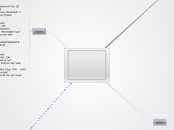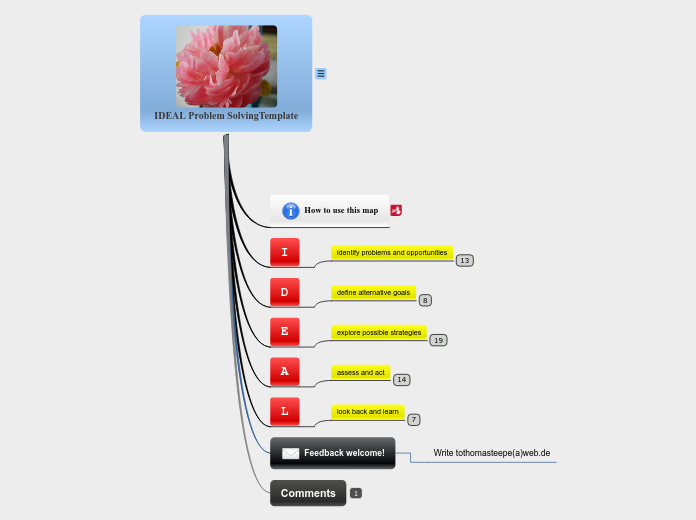Was the invention of the camera a major influence on the transistion between pre-modern and modern art movements?
In order to find the answer, it is important to look at a brief history of photography, the visual evidence found within each art movement, and the similarties between painting and photography.
Camera's Influences
Birth of Modern Art
Here.
Re-definition
Artists redefined thier work through subject matter, line, form, color, paint application techniques.
New Techniques
Before the camera was invented, professional artists were the exclusive recipients of commissioned work. Once photography gained prominence, many painters were forced to experiment with different techniques and mediums in order to support themselves.
Similarities Between Painting & Photography
Visual Characteristics
Function
Objections & Refutations
Goals & Processes of the Artist
The Modern Movement was born as a result of the Industrial Revolution
Photography is not Art
Many artists claim that photography is simply "clicking a button".
Modern Art Movements
Significance: Note the emphasis on implied line, form, and unnatural color representation.
Cubism (s-s)
Cause for Movement: Cubism took qualities of simplified line and bold colors and added a new technique of destruction and re-construction. Subjects were broken down, taken apart and pieced back together, creating abstracted compositions.
Visual Characteristics: Abstraction flattens a piece until there is just enough visual information to leave the viewer with an idea of the subject. In this way, viewers are able to interpret the visual elements themselves.
Fauvism (s-s)
Cause for Movement: Fauvists took Impressionism to the next extreme, using much simpler lines and bright, over-exaggerated colors.
Post-Impressionism (s-s)
Cause for Movement: Post-Impressionists followed the same ideas of Impressionism; using think brushstrokes and real subject matter. However, they started depicting subjects as slightly more distorted or caricatured and used unnatural shades of color.
Impressionism (s-s)
Cause for Movement: Impressionists rejected the strict academic rules of painting realistically and started experimenting with line, color, and movement.
History of Photography
Significance: Note that cameras are able to re-produce visual accuracy without flaw in represenation or proportions.
Mass Production & Sale
Camera Obscura
Invention
The invention of the camera was a collaboration of chemistry, phisics, optics, and technology. No one person is responsible for it's birth.
Pre-Modern Art Movements
Significance: Note the emphasis on realistic visual accuracy and respresentation of subject matter.
Realism (1850s-1880s)
Romanticism (1790s-1850s)
Neo-classicism (1760s-1850s)
Cause for Movement:
Visual Characteristics:
The Still Image
We’ve grown so accustomed to still images that it’s difficult to imagine what the world would be like without them.
We have created and admired permanent imagery of landscapes, historical scenes, literary stories, gods, and loved ones for centuries.
Humans have always had a curious fascination with capturing moments in time. Time is fleeting and irreversible; we see it slipping past without the ability to pause, rewind or replay.









